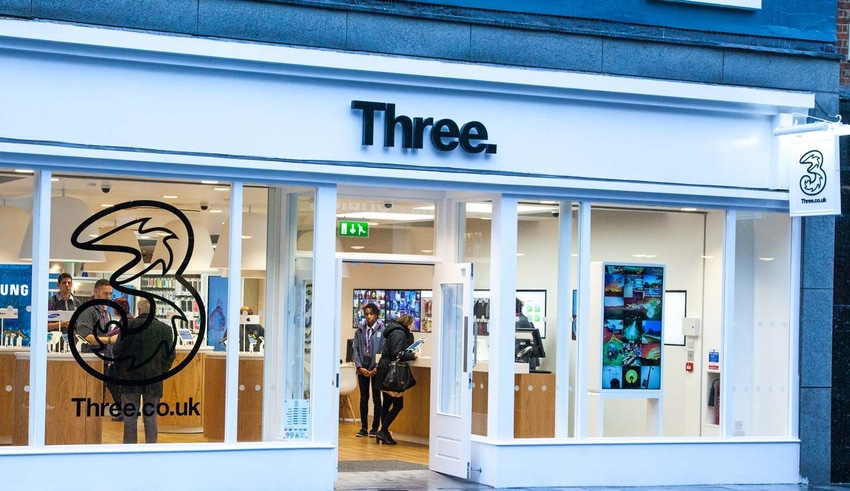Three goes live with 5G broadband service
UK telco Three has become the latest to join the 5G bonanza with the launch of its 5G Fixed Wireless Access (FWA) service in London.
August 19, 2019

UK telco Three has become the latest to join the 5G bonanza with the launch of its 5G Fixed Wireless Access (FWA) service in London.
With plans to launch the service in 25 cities throughout the UK, the FWA proposition looks to be a challenger to traditional broadband services. We have been told the new service will promise speeds of 100 Mbps between the hours of 8pm and 10pm, peak times for streaming in the living room, offering an alternative to fibre broadband for speed hungry customers.
“Three’s 5G is going to revolutionise the home broadband experience,” said Three CEO Dave Dyson. “No more paying for landline rental, no more waiting for engineers, and even a same day delivery option. It really is the straightforward plug and play broadband that customers have been waiting for.
“We’ve taken a simple approach with one single truly unlimited data plan to give customers the opportunity to fully explore 5G and all its exciting possibilities. The ease and immediacy of it all means home broadband using 5G is going to be key to the future of the connected home.”
Looking at the deal offered, there are some interesting elements. Three is promising a ‘plug and play’ experience, meaning customers will no-longer have to wait for an engineer to start the service, while contracts can be taken to new homes if the customer moves. This of course depends on whether Three has launched 5G in the new area, though removing the dependence on physical lines into the home can offer some benefits.
Although this does look like a promising opportunity to disrupt the traditional home broadband market, questions still remain over the long-term viability of FWA as an alternative to the delivery of connectivity over physical infrastructure.
There is a business case for FWA in the remote regions, where the commercial attractiveness of connecting ‘the last mile’ with fibre falls dramatically, though these are not the areas which Three will be targeting to start with.
The launch today is in certain areas of London, while Three is promising to connect 25 towns and cities by the end of the year. These will most likely be the more urbanised areas, this makes commercial sense after all, perhaps targeting regions where fibre penetration is lacking.
As Heavy Reading Analyst Gabriel Brown points out, £35 a month is not overly aggressive pricing, and the 100 Mbps download speeds are very achievable. Users might experience higher speeds during the day, though the proposition might well be more attractive financial and performance wise than many cable services today.
This is where Three could find its appeal. As Brown points out, accessibility to fibre services is a challenge today in the UK. If Three is able to target the regions where Openreach, Virgin Media and the fibre ‘alt-nets’ are missing, there could be a tailored audience for the speedy and reasonably priced 5G FWA service.
Played smartly, Three can drive additional revenues through the business. And while Three does already have 800,000 broadband customers with its 4G FWA service, this could be a notable driver of new revenues for the business. 5G network deployment is going to be an expensive business, therefore sweating the assets in every way possible will be an important factor.
This product opens up a new world for the challenger brand. Over the last few years, subscriber growth in mobile has been relatively flat, though should Three push towards the convergence game, there could be new opportunities to engage new customers with a new message.
About the Author(s)
You May Also Like











_1.jpg?width=300&auto=webp&quality=80&disable=upscale)


.png?width=800&auto=webp&quality=80&disable=upscale)